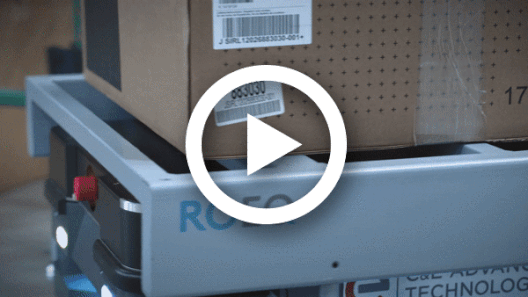Human-collaborative robots just got HUGE
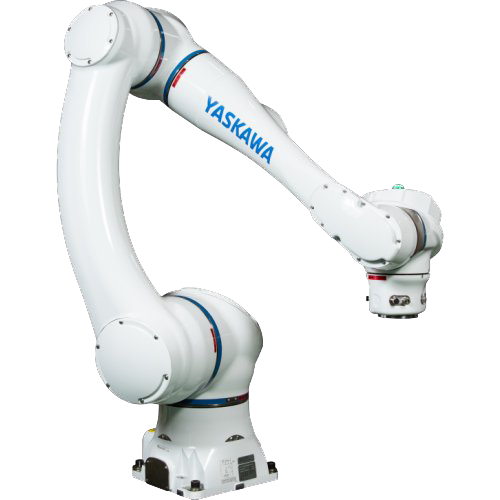
Collaborative robots have revolutionized manufacturing operations across every industry, allowing employees to work side by side with robots without the risk of being injured. And now, add Yaskawa Motoman’s HC20XP to the equation. It’s a 6-axis robot, designed for a wide variety of collaborative applications, that easily integrates into factory automation systems using discrete I/O or fieldbus networks such as Ethernet/IP. Most impressively, a 20 kg payload and 1700 mm reach make it capable of palletizing and de-palletizing a full 40 x 48 x 80 inch stack.
When paired with laser scanners from Banner Engineering, the HC20 can change its rate of speed automatically by setting up a multi-zone perimeter that slows the robot when an object is detected within the defined zone. The built-in power and force limiting with Functional Safety Unit (FSU) technology protects workers from potentially harmful contact situations by stopping the robot's motion if it detects any type of collision.
The thru-arm utilities eliminate external cables and associated risk, and they simplify end-of-arm tooling installation. It’s ideal for use in sanitary environments where wipe/wash is required. And it includes IP67 rating as well as an NSF H1 food grade grease for incidental food contact – its easy to clean surface and laboratory grade seals are compatible with sanitizers containing hydrogen peroxide.
Programming is simple and easy when using the hand guided programming function or the smart teach pendant. Enabling the operator to quickly perform changeovers.
Setup a live demonstration with a CEntelligence Specialist and see first hand the benefits of implementing the HC20 in your facility.
The ideal vacuum gripper for palettizing and heavy-duty material handling. Save up to 90% on operating and maintenance costs with the new VGP20 electric vacuum gripper. The gripper can pick up bulky, heavy-duty payloads of up to 20 kg while being intelligent enough to handle a wide range of items, including those with porous and non-porous surfaces. The powerful, customizable OnRobot VGP20 easily handles these thinner and less expensive packaging materials, allowing you to save considerably on both automation and shipping costs.
Automated screwdriving to boost productivity and quality has never been easier, smarter, or more cost-effective. The OnRobot intelligent Screwdriver speeds setup and programming, with everything you need right out of the box. Simply mount the Screwdriver on any leading robot arm and install the appropriate bit, then enter screw length and torque directly into the robot’s user interface. Precise torque control and embedded axis eliminate the time and cost for additional integration and ensures consistent, accurate screw insertion. Changeovers to a different screw type or size take just minutes, reducing downtime and boosting ROI.
The OnRobot Soft Gripper is able to pick a wide array of irregular shapes and delicate items, making it ideal for pick-and-place applications in food and beverage production, as well as manufacturing or packaging. The gripper is available with three interchangeable silicon-molded cups. From eggs to fruit, to bottles or cans, food and beverage automation just got easier. Like all OnRobot grippers, the Soft Gripper offers seamless integration with the robot of your choice. The Soft Gripper operates without an external air supply, for no additional costs or complexity, and none of the dust or noise generated by traditional vacuum grippers.
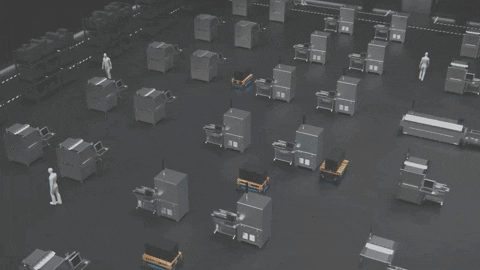 Fleet Management Software Improves Mobile Robot Collaboration
Fleet Management Software Improves Mobile Robot Collaboration
Manufacturers are recognizing the significant benefits that autonomous mobile robots can offer versus conventional logistic solutions, like forklift and conveyor systems. These conventional solutions simply don't allow the level of flexibility or adaptability that AMR's provide, and they can require expensive and disruptive infrastructure reconfiguration to meet the ever-changing demands of consumers...
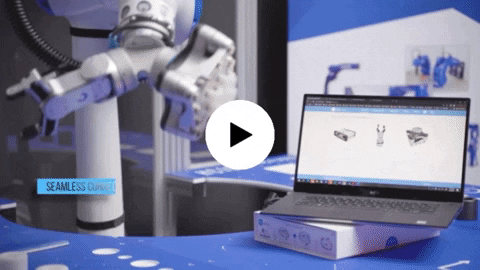 INCREASED END OF ARM TOOL EFFICIENCY IS OPENING DOORS TO NEW APPLICATIONS
INCREASED END OF ARM TOOL EFFICIENCY IS OPENING DOORS TO NEW APPLICATIONS
As robots become further integrated into all industries, savvy businesses are exploring different ways to utilize them in multiple processes. The three main categories that encompass most industrial robot operations are Material handling, Processing Operations and Assembly and Inspection. Selecting an End of Arm Tool (EOAT) that is best suited to accomplish the defined task(s) is imperative...
 From AGVs to AMRs
From AGVs to AMRs
As automation becomes the new norm for manufacturing and warehousing operations in the Industry 4.0 era, the options to help you achieve it are rapidly evolving. Technologies such as unmanned forklifts, collaborative robotic arms, improved sorting/collection, and smart conveyors are advancing as costs continue to decline; making these options more accessible for businesses of all sizes...
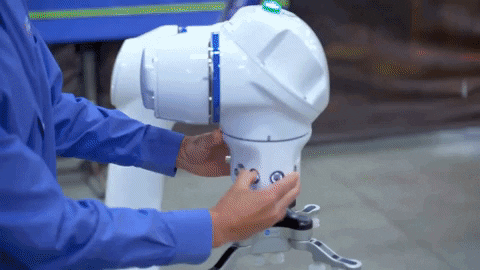 Robot programming (Teaching) is getting easier and easier
Robot programming (Teaching) is getting easier and easier
As robots have evolved to become more efficient so has the process of programming them. A common misconception about robot programming is that you must be a highly skilled programmer to get a robot up and running...
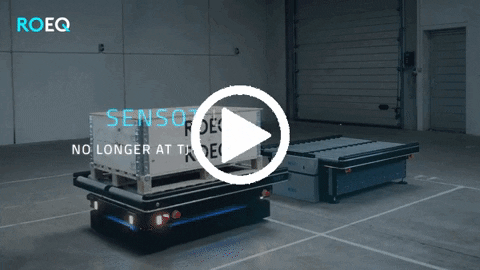 Easily connect conveyors to maximize process flow
Easily connect conveyors to maximize process flow
Real efficiency in logistics automation is achieved when the entire workflow is handled by robotics solutions that communicate smoothly with each other. That’s the vision behind ROEQ’s Top Roller that automates load and unload operations for the MiR series...
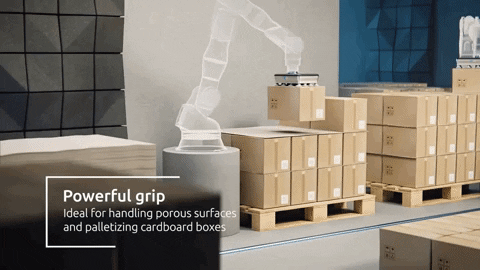 Robotic Packaging Automaton
Robotic Packaging Automaton
Packaging has been an important part of business operations for centuries. The $900 billion industry has emerged as an integral process of every business, from multi-million dollar corporations to small-town mom and pop shops. Protecting products during transit isn't an inexpensive endeavor, either...
Robotic Integration When and Where It's Needed Most
One thing that has been on the minds of many during the current market situation is how to deal with labor shortages — in manufacturing, in material handling and in food and beverage production. The Society of Manufacturing Engineers (SME) reports that 89% of manufacturers are having difficulty finding skilled workers...
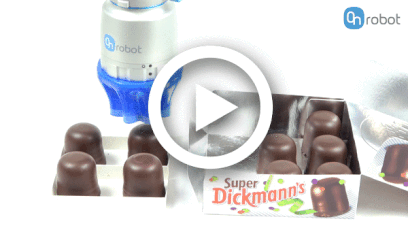 The Evolution Of The Gripper
The Evolution Of The Gripper
It has been roughly 50 years since the first readily controllable gripper was created. The Stanford arm utilized two straight-bar fingers with linear motion that slid together to grip and release objects. Since, grippers have continued their evolution from three-finger graspers to robotic hands with flexible joints, contactless grippers that use suction and flexible cups...


